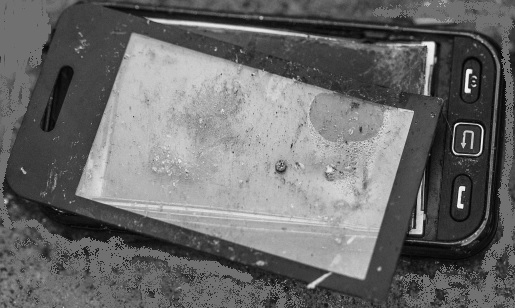A furniture store in Halifax, Canada is using AR tech to help consumers to picture furniture in their homes.
Many consumers find the process of buying furniture to be a very challenging one, but a store in Halifax, Canada is using augmented reality to help their customers to better picture the way that furniture will appear within their own homes so that they can choose the perfect piece, every time.
The store is using the tech to help to ensure that each piece will not only fit, but that it will look good in its position.
This use of augmented reality can make it much easier for a shopper to be able to know how the finished room will appear, even while still standing in the furniture store. This helps the consumer to overcome the barrier that is often faced when they have to try to picture the piece in the space based on their memories and imagination.
The store is called Lighthouz, and is using augmented reality to assist its smartphone carrying customers.
The company created its own mobile app that leverages augmented reality technology that allows consumers to move about the furniture in their room through the use of the projected image on the small screen. This helps them to obtain a three dimensional concept of how the piece will appear within the actual space.
The owner of Lighthouz, Denise Kroll, explained that “Some people are comfortable buying online, but for many seeing the furniture in person is critical.” She added that “That’s why we’ve complimented our online store and large showroom with this helpful app.”
Kroll explained that the augmented reality allows the customers to view furniture visualizations that are scaled perfectly so that the shopper will be able to know with a good level of confidence that the new piece will not only fit into the space as they had hoped, but that it will look good there, as well. The app also gives users the ability to snap pictures and videos of the furniture that they are considering so that they can share the images on social media. This gives them the opportunity to receive the opinions of their friends and family.

 Among those emergency methods for repairing gadgets included using Blu-Tack (also known as sticky-tack), which was used by 12 percent of the respondents to the survey, as well as hair ties among 9 percent of the participants, and even chewing gum in 5 percent of the cases. Men were far more likely than women to attempt to repair their own device.
Among those emergency methods for repairing gadgets included using Blu-Tack (also known as sticky-tack), which was used by 12 percent of the respondents to the survey, as well as hair ties among 9 percent of the participants, and even chewing gum in 5 percent of the cases. Men were far more likely than women to attempt to repair their own device.